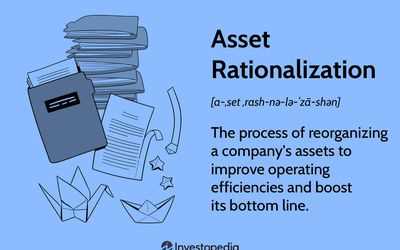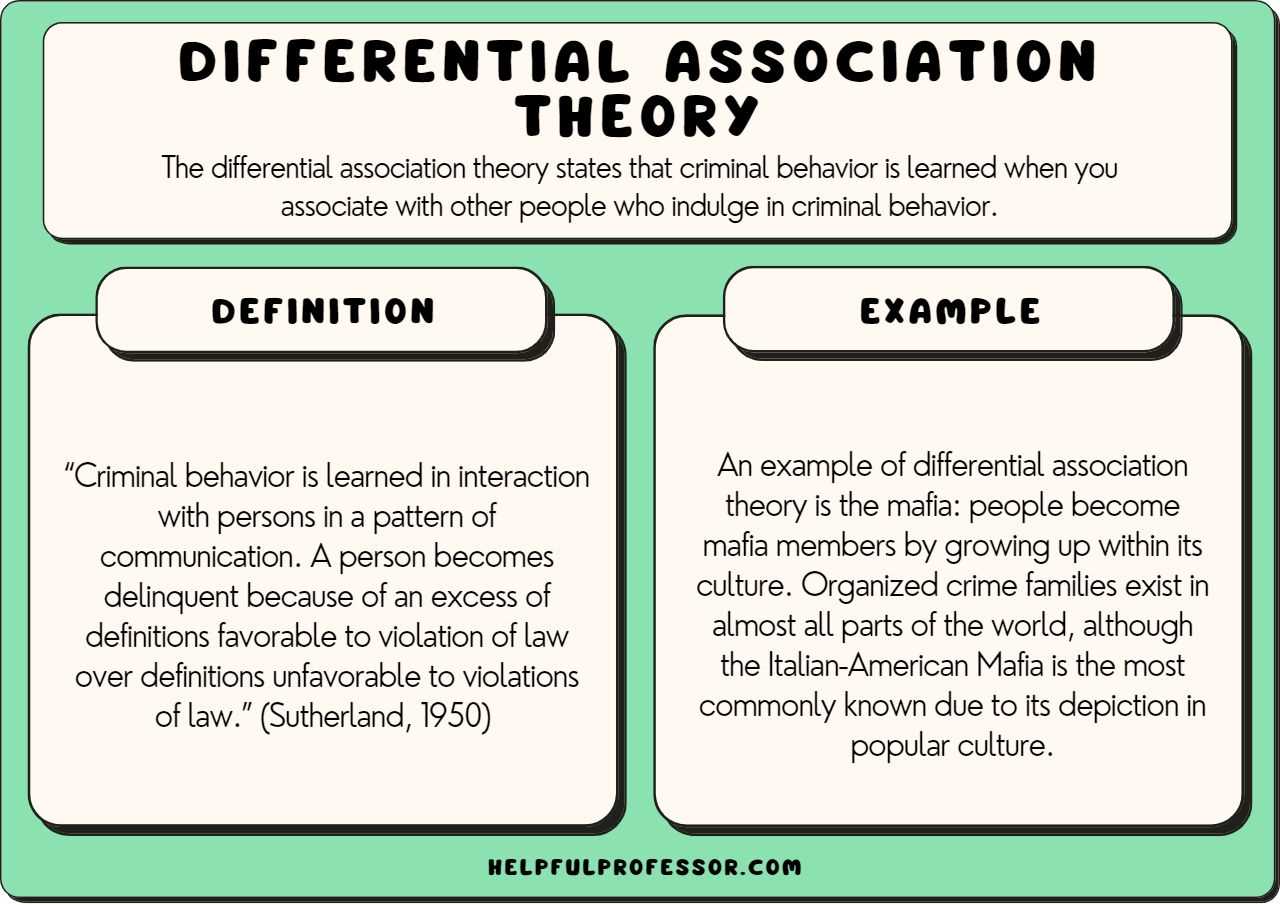Rationalization: A Comprehensive Guide to Types, Pros and Cons, and FAQs
Types of Rationalization
There are several types of rationalization that organizations can implement to achieve their goals:
1. Operational Rationalization: This type of rationalization focuses on improving operational processes and procedures. It involves identifying inefficiencies, eliminating redundancies, and implementing new systems or technologies to streamline operations.
2. Financial Rationalization: Financial rationalization aims to optimize the financial structure of an organization. It involves analyzing financial data, identifying areas of improvement, and implementing strategies to reduce costs, increase profitability, and improve financial performance.
3. Workforce Rationalization: Workforce rationalization involves optimizing the organization’s workforce to align with its goals and objectives. It may include workforce restructuring, downsizing, or outsourcing certain functions to improve efficiency and reduce costs.
4. Product Rationalization: Product rationalization focuses on evaluating and optimizing the organization’s product portfolio. It involves analyzing the performance of different products, identifying underperforming products, and making strategic decisions to discontinue or improve them.
Pros and Cons of Rationalization
Rationalization offers several benefits to organizations, including:
1. Cost Reduction: By eliminating inefficiencies and redundancies, rationalization can help organizations reduce costs and improve profitability.
2. Improved Efficiency: Rationalization streamlines operations and processes, leading to improved efficiency and productivity.
3. Enhanced Financial Performance: Through financial rationalization, organizations can optimize their financial structure and improve their overall financial performance.
However, rationalization also has its drawbacks:
1. Workforce Impact: Workforce rationalization may result in job losses or changes in job responsibilities, which can have a negative impact on employees.
2. Disruption: Implementing rationalization strategies can cause disruptions in the organization’s operations and may require significant time and resources.
3. Resistance to Change: Employees may resist changes associated with rationalization, which can hinder the successful implementation of the strategies.
Frequently Asked Questions
1. What is the purpose of rationalization in corporate finance?
Rationalization aims to optimize resources, reduce costs, and improve efficiency in corporate finance.
2. How can organizations implement rationalization?
Organizations can implement rationalization through various strategies, such as operational improvements, financial restructuring, workforce optimization, and product portfolio evaluation.
3. What are the potential benefits of rationalization?
Rationalization can lead to cost reduction, improved efficiency, and enhanced financial performance for organizations.
4. Are there any challenges associated with rationalization?
Yes, rationalization may result in workforce impact, disruptions, and resistance to change within the organization.
5. How can organizations overcome resistance to change during rationalization?
Organizations can overcome resistance to change by effectively communicating the reasons for rationalization, involving employees in the decision-making process, and providing support and training for the transition.
Rationalization is a concept that plays a crucial role in corporate finance. It refers to the process of restructuring a company’s operations, resources, or workforce in order to improve efficiency, reduce costs, and increase profitability. This strategic decision-making process involves analyzing the company’s current state, identifying areas of improvement, and implementing changes to achieve desired outcomes.
One of the key aspects of rationalization is streamlining operations. This involves eliminating redundant processes, consolidating departments, and optimizing workflows to eliminate inefficiencies. By doing so, companies can reduce costs, improve productivity, and enhance overall performance.
Rationalization also involves resource allocation. It requires companies to assess their resources, such as capital, human resources, and technology, and allocate them in a way that maximizes their utilization and effectiveness. This may involve reallocating resources from underperforming areas to more promising ones, or investing in new technologies to improve operational efficiency.
Furthermore, rationalization often involves workforce restructuring. This can include downsizing, layoffs, or reassigning employees to different roles or departments. While these decisions can be difficult, they are often necessary to align the company’s workforce with its strategic goals and ensure long-term sustainability.
However, it is important to note that rationalization is not without its challenges and potential drawbacks. One of the main concerns is the impact on employee morale and job security. Workforce restructuring can create uncertainty and anxiety among employees, which can affect their productivity and loyalty to the company.
Additionally, rationalization may also face resistance from stakeholders, such as employees, unions, or local communities. It is important for companies to communicate the rationale behind the changes and involve stakeholders in the decision-making process to mitigate potential conflicts and gain support.
Types of Rationalization in Corporate Finance
Rationalization is a strategic process that aims to streamline and optimize the operations of a company in order to improve efficiency and profitability. In the field of corporate finance, there are several types of rationalization that companies can undertake. Each type of rationalization focuses on a specific aspect of the business and can have different implications for the organization.
1. Cost Rationalization

Cost rationalization involves identifying and eliminating unnecessary expenses in order to reduce costs and improve profitability. This can include cutting back on non-essential services, renegotiating contracts with suppliers, or implementing cost-saving measures such as automation or outsourcing. By reducing costs, companies can increase their profit margins and improve their financial performance.
2. Operational Rationalization
Operational rationalization aims to improve the efficiency and effectiveness of the company’s operations. This can involve restructuring the organization, streamlining processes, or implementing new technologies. By optimizing operations, companies can reduce waste, improve productivity, and enhance customer satisfaction.
3. Financial Rationalization
Financial rationalization focuses on improving the company’s financial structure and performance. This can include actions such as refinancing debt, restructuring capital, or divesting non-core assets. By optimizing the company’s financial resources, companies can improve their liquidity, reduce financial risks, and enhance their ability to invest in growth opportunities.
4. Portfolio Rationalization

Portfolio rationalization involves assessing and reevaluating the company’s portfolio of products, services, or business units. This can include divesting underperforming assets, acquiring strategic assets, or reallocating resources to high-growth areas. By optimizing the company’s portfolio, companies can focus on their core competencies, capitalize on market opportunities, and maximize shareholder value.
5. Strategic Rationalization

Strategic rationalization involves aligning the company’s strategy with its goals and objectives. This can include reassessing the company’s mission and vision, identifying new market opportunities, or developing strategic partnerships. By aligning the company’s strategy with its resources and capabilities, companies can improve their competitive advantage and position themselves for long-term success.
Pros and Cons of Rationalization in Corporate Finance
Pros of Rationalization:
1. Cost Reduction: One of the primary advantages of rationalization is cost reduction. By eliminating redundant processes, consolidating operations, and optimizing resources, companies can significantly reduce their expenses. This can lead to higher profitability and improved financial performance.
2. Increased Efficiency: Rationalization helps companies streamline their operations, eliminate inefficiencies, and improve productivity. By identifying and eliminating bottlenecks, companies can enhance their workflow and achieve higher levels of efficiency. This can result in faster turnaround times, improved customer satisfaction, and increased competitiveness.
3. Focus on Core Competencies: Rationalization allows companies to focus on their core competencies and allocate resources to areas that are crucial for their success. By divesting non-core assets or business units, companies can concentrate their efforts on activities that generate the most value and align with their strategic objectives.
4. Improved Decision-Making: Rationalization provides companies with a clearer picture of their operations, financials, and performance metrics. This enhanced visibility enables better decision-making and strategic planning. Companies can identify areas of improvement, allocate resources effectively, and make informed decisions based on accurate data.
Cons of Rationalization:
1. Workforce Reduction: One of the main drawbacks of rationalization is the potential for job losses. Streamlining operations often involves workforce reduction through layoffs or early retirements. This can lead to employee dissatisfaction, decreased morale, and a negative impact on the company’s reputation.
2. Disruption and Resistance: Implementing rationalization initiatives can be disruptive to the organization. Employees may resist change, leading to resistance, conflicts, and a decline in productivity. It is crucial for companies to manage the change process effectively, communicate transparently, and provide support to employees during the transition.
3. Short-Term Costs: While rationalization aims to reduce costs in the long run, it often involves short-term expenses. Companies may need to invest in technology, training, or restructuring activities, which can impact their financials in the short term. It is essential for companies to carefully evaluate the costs and benefits of rationalization before implementing any initiatives.
4. Potential Loss of Expertise: Rationalization may result in the loss of specialized knowledge and expertise within the organization. When employees are laid off or business units are divested, companies risk losing valuable skills and experience. This can have a long-term impact on the company’s ability to innovate, adapt to market changes, and maintain a competitive edge.

Emily Bibb simplifies finance through bestselling books and articles, bridging complex concepts for everyday understanding. Engaging audiences via social media, she shares insights for financial success. Active in seminars and philanthropy, Bibb aims to create a more financially informed society, driven by her passion for empowering others.
